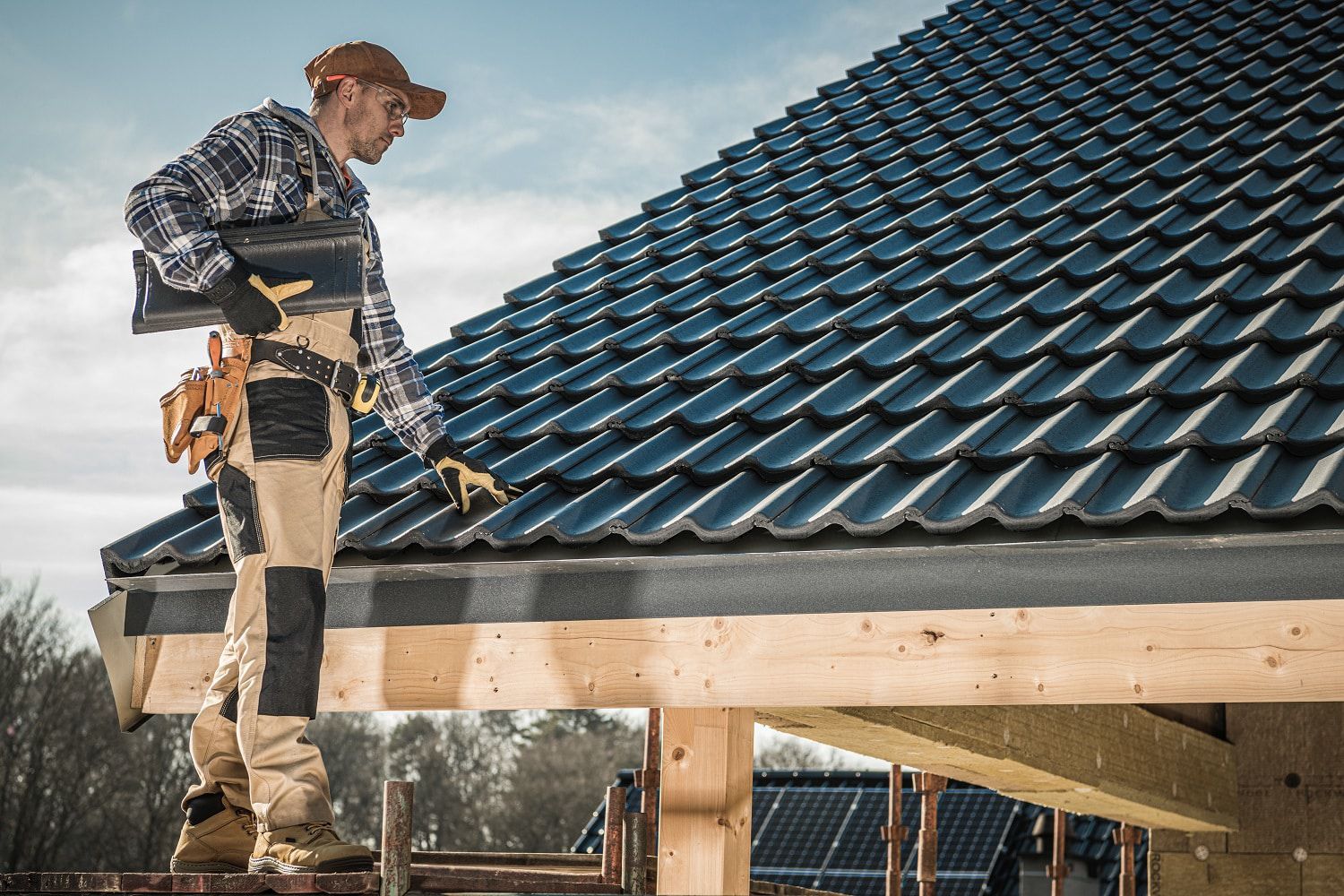Ensure quality by hiring a expert Roofing Contractor for your project.
How to Evaluate Different Roof Options for Your Building Needs
Evaluating roof covering options for your structure calls for a comprehensive strategy that thinks about different variables such as the planned use of the structure, local climate conditions, and product attributes. It is important to evaluate the benefits and drawbacks of different roof covering types, from asphalt shingles to steel and clay ceramic tiles, while likewise factoring in first expenses and long-lasting upkeep. Additionally, comprehending energy efficiency and visual appeal can affect your decision. As you contemplate these factors to consider, one concern stays: which elements will eventually assist your selection for a sustainable and aesthetically pleasing roofing solution?
Examining Your Building's Needs
To effectively examine roofing choices, begin by extensively analyzing your building's needs. Beginning by thinking about the building's meant usage, as various frameworks might demand differing roofing requirements. As an example, property roofs usually focus on aesthetics and insulation, while business structures might concentrate on sturdiness and load-bearing capability.
Following, examine the local climate problems that will affect roof covering performance. Aspects such as temperature level changes, precipitation levels, and wind patterns can influence material option and layout. A roof that succeeds in a temperate environment might not carry out also in areas prone to hefty snowfall or severe heat.
Additionally, analyze the structural honesty of your structure. Make certain that the existing structure can sustain the picked roofing materials, specifically if thinking about much heavier choices. It is additionally important to review any kind of neighborhood building ordinance or policies that might determine specific needs for roofing systems.

Comparing Roofing Products
Once a comprehensive evaluation of your building's needs has been completed, the next action includes contrasting various roof products. Each material supplies distinctive benefits and drawbacks, making it necessary to straighten your selection with your certain demands and circumstances.
Asphalt shingles are widely recognized for their price and convenience of setup, making them a preferred choice for residential buildings. On the other hand, steel roof covering, understood for its resilience and long life, can withstand extreme climate condition however may come with a greater first financial investment.
Clay and concrete ceramic tiles provide outstanding thermal insulation and visual allure, especially for Mediterranean-style architecture, yet they call for a more durable architectural assistance due to their weight. Wood trembles deal a natural look and excellent insulation residential properties yet may require a lot more upkeep and are susceptible to fire threats.
Examining Expense and Spending Plan
Evaluating your roof covering options demands a cautious assessment of cost and spending plan factors to consider. The overall spending plan for a roofing task makes up numerous factors, consisting of material expenses, labor costs, maintenance, and potential lasting cost savings. It is vital to develop a clear basics spending plan before checking out certain roof materials, as this will direct the decision-making procedure and help you stay clear of overspending.
Begin by acquiring quotes from numerous contractors to comprehend labor expenses in your region. Make certain that these quotes consist of all essential solutions, such as removal of the old roofing, setup, and any additional attributes, like insulation or ventilation enhancements - Roofing Contractor. Next off, analyze the cost of different roof products, considering both first setup prices and anticipated life-span

Recognizing Energy Performance
Energy performance plays an essential function in the option of roof covering products and systems, dramatically affecting both power intake and total convenience within a building. An appropriate roof covering can enhance thermal performance, decreasing the need for home heating and cooling systems, which in turn reduces energy costs and minimizes ecological impact.
When reviewing roofing alternatives, think about products that mirror rather than absorb warm. Furthermore, correct insulation and air flow are vital to maximize the power performance of the entire roof covering system.
Another vital variable is the roof's longevity and upkeep requirements. Long lasting materials that call for less constant substitute add to long-lasting power savings. Furthermore, the power efficiency of a roof covering system can likewise be evaluated through its compliance with well established sustainability scores such as ENERGY CELEBRITY or LEED.
Considering Aesthetic Charm
A roof covering's visual appeal substantially affects the overall appearance of a structure, enhancing its architectural style and boosting visual charm. Roofer. When reviewing roof alternatives, it is important to take into consideration how the chosen product, shade, and layout will balance with the existing framework and useful reference community. A properly designed roof can boost even the most basic of buildings, transforming them into aesthetic focal factors
Various roofing products provide numerous visual top qualities. Conventional roof shingles may evoke a classic beauty, while metal roof can give a modern, sleek appearance. Additionally, the color of the roofing product plays an essential role; lighter tones can make a structure appear even more roomy, while darker tones might create a cozier ambiance.
Furthermore, architectural elements, such as dormers and eaves, can enhance the roofing system's visual influence. It is recommended to seek advice from with expert designers or architects to make sure the chosen roof covering option aligns with the general style intent. Inevitably, a roofing must not only give useful advantages however likewise contribute favorably to the structure's visual, showing the proprietor's preference and the personality of the surrounding environment.
Final thought
